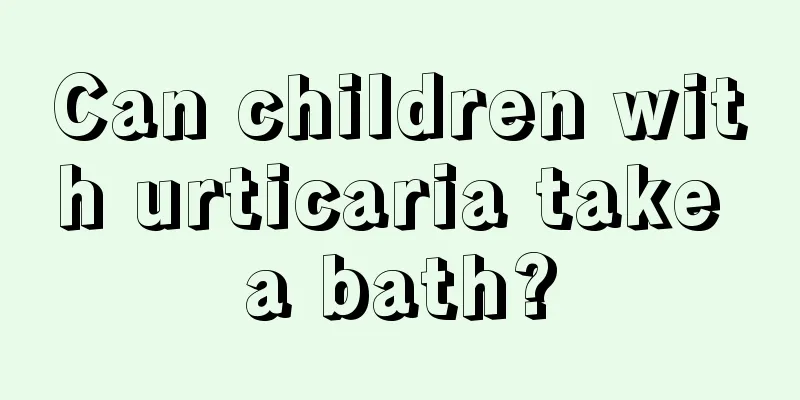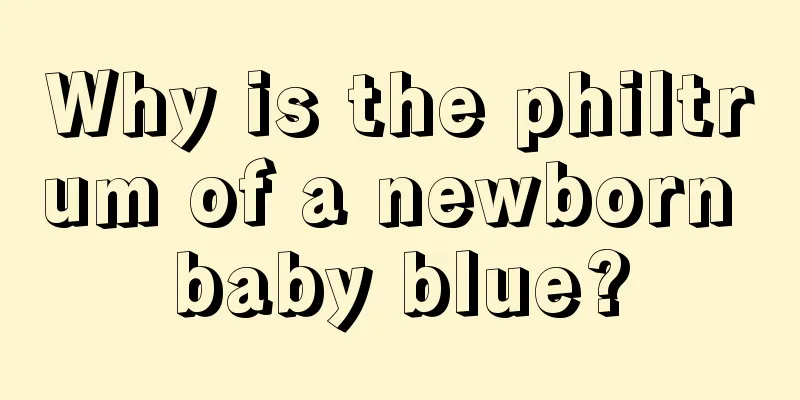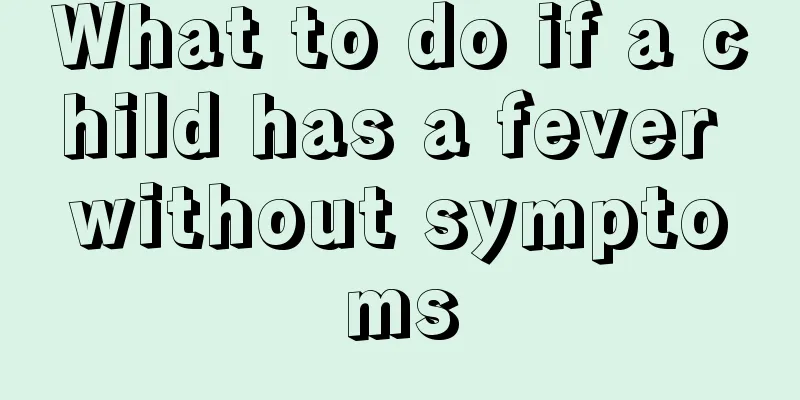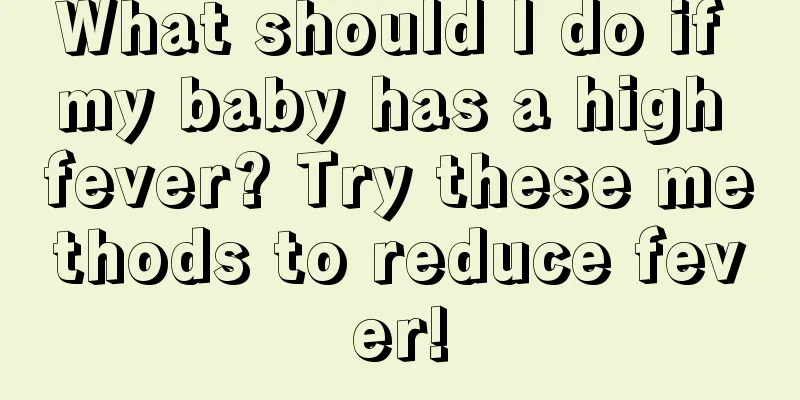Why does a child’s baby tooth not fall out but another one grows inside?
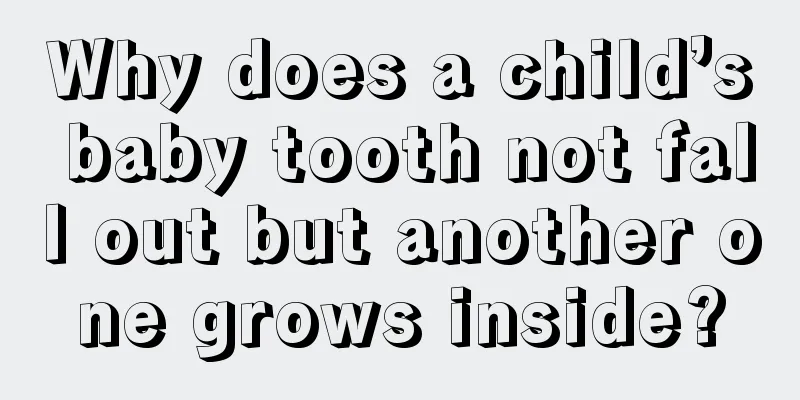
|
The growth of baby teeth also occurs in stages. The teeth that grow at the beginning are called deciduous teeth, and these teeth are only temporary. As your baby grows up healthily, his deciduous teeth will gradually fall out, and it will take a lifetime for new teeth to grow out. Some children do not pay attention to the protection of their teeth, and their parents do not pay attention in time, resulting in dental problems. So, what is going on when a child's baby teeth do not fall out but another one grows inside? Tooth replacement is the process of deciduous teeth falling out and permanent teeth growing out. This process usually starts at the age of 6-7 and ends at the age of 12-13. There is a certain time and order for the shedding of deciduous teeth. Generally, permanent teeth grow out after the deciduous teeth fall out. However, for some children, the lower front permanent teeth grow on the inside of the deciduous teeth or the upper front permanent teeth grow on the outside of the deciduous teeth before the deciduous teeth fall out, making them look like double teeth. What should we do in this situation? This situation where deciduous teeth should fall out but do not is called retained deciduous teeth. There are three main reasons for retained deciduous teeth: 1. Misalignment of permanent tooth germs; 2. Local inflammation; 3. Missing permanent tooth germs. If your child is at the age of replacing teeth, you should take him to the hospital as soon as possible to remove the retained deciduous teeth to make room for the permanent teeth to erupt, so as not to affect the eruption of the permanent teeth in the normal position. If the age of tooth replacement has passed and the deciduous teeth have not fallen out and the permanent teeth have not erupted, do not extract them easily; if the permanent teeth are congenitally missing, the deciduous teeth should be kept as much as possible. Pay attention to the hygiene of your child's oral cavity and brush their teeth carefully During the tooth replacement period, deciduous teeth and permanent teeth coexist. The permanent teeth have just erupted, especially the "six-year teeth" which are the "key to occlusion". They are large in size and have many pits and fissures on the occlusal surface, which easily retain food residues. In addition, most children do not like to brush their teeth and like to eat sweets, so caries often occur. Once it occurs, it should be treated early. The most important thing at this time is to teach your child to brush their teeth correctly. Pay attention to correcting children's bad habits During the tooth replacement period, when the deciduous teeth are loose and about to fall out, children often have the habit of licking the loose teeth with their tongues. This is a bad habit that will affect the normal eruption of permanent teeth and should be corrected in time to prevent malocclusion, that is, uneven teeth arrangement. Let your child eat more chewy foods Usually, let your child chew some hard food, such as jellyfish, peanuts, sugar cane, spiced beans, etc. This is very beneficial for his tooth replacement, and it is convenient to maintain a good stimulation effect on the deciduous teeth, thereby promoting the deciduous teeth to fall out on time. Also, take your child to have a dental check-up once a year, mainly to observe the tooth replacement in the child's mouth. When the child is about 10 years old and all the teeth in the mouth have grown out, parents can add some celery stalks, corn, apples and other foods to them to ensure a smooth replacement of teeth and allow the child to have a healthy and neat permanent teeth. Precautions For some cases where old teeth have not fallen out and new teeth have grown, the old teeth should be pulled out in time to make room for the new teeth to grow. |
<<: Why does the baby's upper tooth grow first?
>>: Children's eyes always have tears
Recommend
What are the dangers of lumbar scoliosis in children?
Children's lumbar scoliosis is a relatively s...
What to do if a child has a low fever after a high fever
In life, many children will have high fever, and ...
What medicine should children take for anemia?
If your baby is iron deficient, it is a sign of a...
What should I do if my 3-year-old child has a high fever?
Every day, many children are held in the hospital...
What does diarrhea look like in babies?
Diarrhea is a common condition in babies. If the ...
Treatment of bleeding belly button in newborn baby
The incidence of newborn baby belly button bleedi...
What to do if your child keeps crying due to fever
When children have a fever, they will keep crying...
What causes foamy stools in newborns?
Foamy stools in newborns are abnormal. Newborns d...
What medicine should children take if their tongue is thick and white?
A person's tongue can reflect whether certain...
Two month old baby has yellow watery stool
If the stool of a two-month-old baby is yellow wa...
What should I do if my child has blocked nose?
Stuffy nasal cavity is a common disease for child...
Nine taboos that babies should not violate in their diet
During the growth and development stage of babies...
3 month old baby sucking his fingers
We all know that babies like to suck their finger...
What is the cause of the big pimple on the child's body?
In the process of taking care of the baby, the ba...
What to do if a 40-day-old baby has diarrhea and watery stools
After the joy of the birth of a baby, the most tr...


